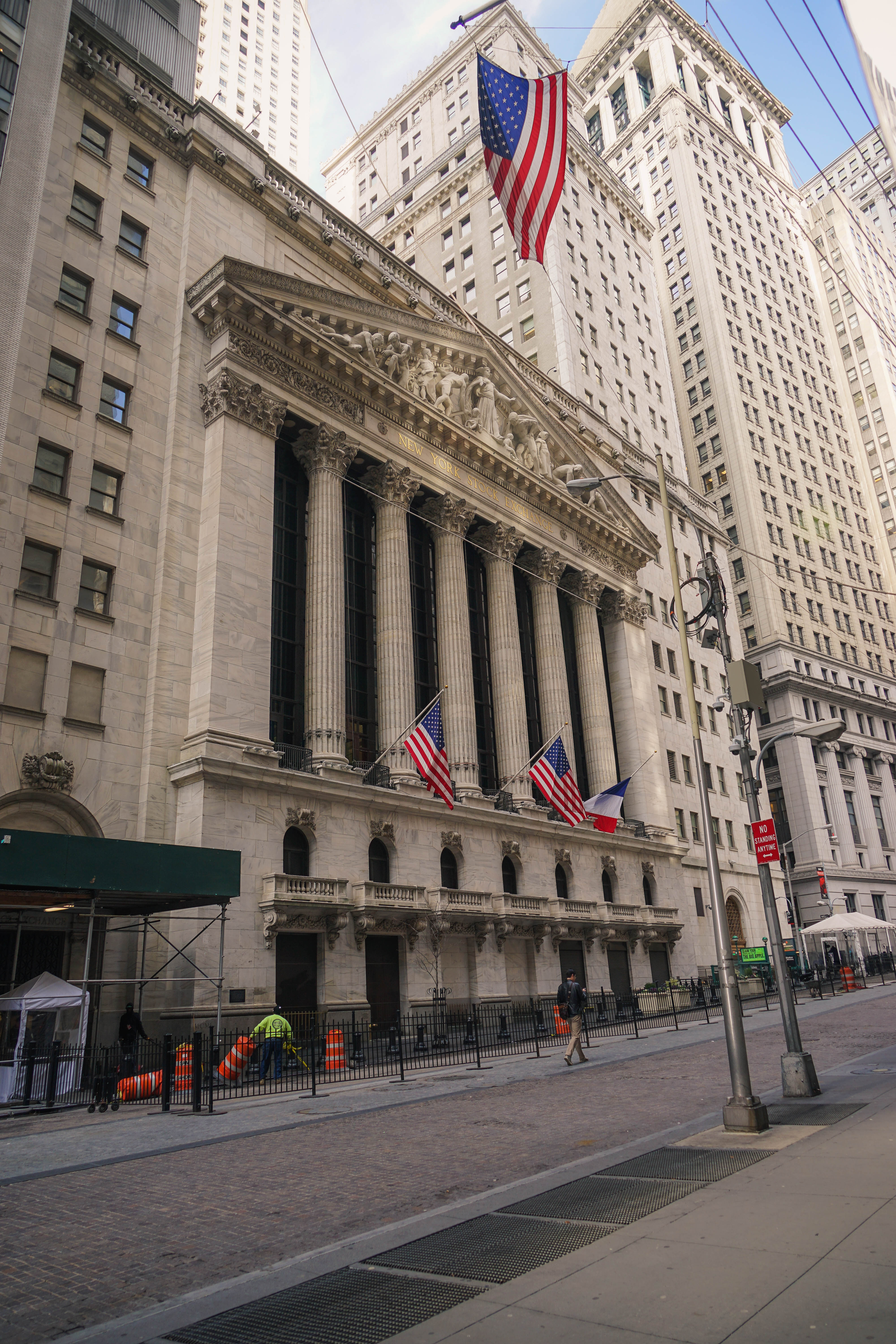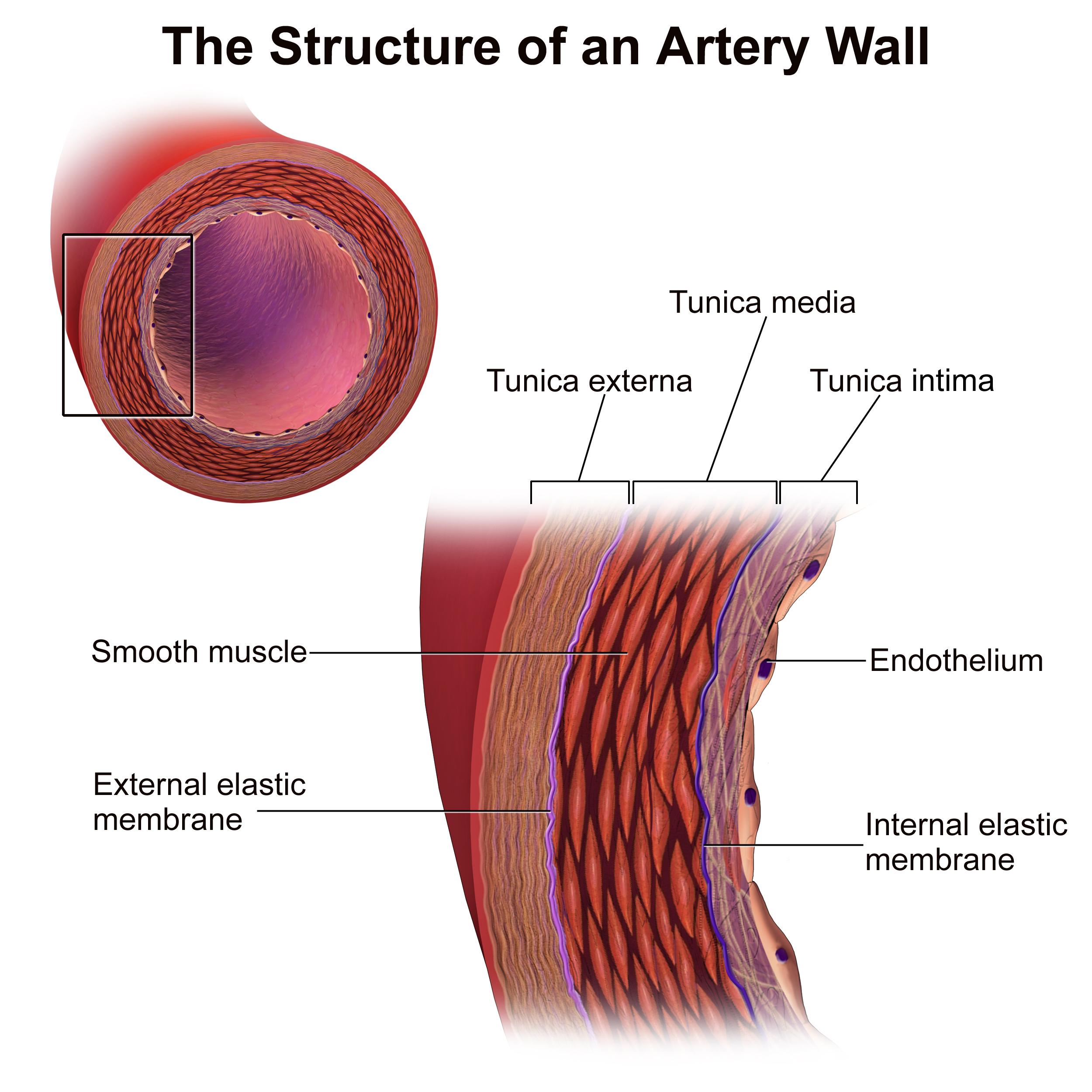|
Masimo
Masimo Corporation is a global medical technology company that develops, manufactures, and markets a variety of noninvasive patient monitoring technologies, hospital automation solutions, home monitoring devices, ventilation solutions, and consumer products. Masimo is based in Irvine, California. The company's core measurement technologies are pulse oximetry, alongside advanced Pulse CO-Oximetry measurements, brain function monitoring, regional oximetry, acoustic respiration rate monitoring, capnography, nasal high-flow respiratory support therapy, patient position and activity tracking, and neuromodulation technology for the reduction of symptoms associated with opioid withdrawal. Masimo was founded in 1989 by electrical engineer Joe Kiani, who was later joined by fellow engineer Mohamed Diab. Masimo went public in 2007 and is currently traded on the Nasdaq stock exchange under the symbol MASI. In 2011, ''Forbes'' named Masimo to its list of top 20 public companies under a bill ... [...More Info...] [...Related Items...] OR: [Wikipedia] [Google] [Baidu] |
Joe Kiani
Massi Joe E. Kiani (born September 16, 1964) is an Iranian-born American entrepreneur who founded medical technology company Masimo in 1989. Early life Joe Kiani was born in Shiraz, Iran, and immigrated to the United States at the age of nine. Kiani's father was an engineer and his mother was a nurse. Despite not speaking more than three words in English when he arrived in the United States, he graduated from high school at the age of 15 and, by the time he was 22, had earned both his bachelor's (B.S.E.E) and master's (M.S.E.E) degrees in electrical engineering from San Diego State University. SDSU later honored Kiani with the College of Engineering's 2005 Monty Award, recognizing his achievements and success. Beginning in 1989, Kiani worked at Anthem Electronics. While with the company, Kiani detected an issue with the devices, and pitched the company a solution, which they declined. Following this, Kiani established his own business while maintaining a role with Anthem E ... [...More Info...] [...Related Items...] OR: [Wikipedia] [Google] [Baidu] |
Pulse Oximetry
Pulse oximetry is a noninvasive method for monitoring a person's oxygen saturation. Peripheral oxygen saturation (SpO2) readings are typically within 2% accuracy (within 4% accuracy in 95% of cases) of the more accurate (and invasive) reading of arterial oxygen saturation (SaO2) from arterial blood gas analysis. But the two are correlated well enough that the safe, convenient, noninvasive, inexpensive pulse oximetry method is valuable for measuring oxygen saturation in clinical use. The most common approach is ''transmissive pulse oximetry''. In this approach, a sensor device is placed on a thin part of the patient's body, usually a fingertip or earlobe, or an infant's foot. Fingertips and earlobes have higher blood flow rates than other tissues, which facilitates heat transfer. The device passes two wavelengths of light through the body part to a photodetector. It measures the changing absorbance at each of the wavelengths, allowing it to determine the absorbances due t ... [...More Info...] [...Related Items...] OR: [Wikipedia] [Google] [Baidu] |
Sound United
DEI Holdings is the US parent company of several brands of consumer audio electronics and vehicle security/remote start systems. DEI Holdings is owned by New York City and Boston-based private equity firm Charlesbank Capital Partners. History The company that became DEI Holdings was founded by future US Representative Darrell Issa and his wife Kathy in 1982 as Directed Electronics, with Darrell Issa serving as the first CEO. In 2000, Darrell Issa was elected to the House of Representatives, and Jim Minarik replaced him as CEO. In 2004, the firm bought speaker company Definitive Technology; in 2006, it bought Polk Audio. In 2008, the companies adapted a holding company strategy, and their parent became DEI Holdings, Inc. In 2011, the company was bought by private equity firm Charlesbank Capital Partners. In April 2013, the company combined Polk, Definitive Technology and the Boom Movement brands into a new division called Sound United. In August 2016, Kevin Duffy was name ... [...More Info...] [...Related Items...] OR: [Wikipedia] [Google] [Baidu] |
List Of S&P 400 Companies
This is a list of companies having stocks that are included in the S&P MidCap 400 ( S&P 400) stock market index. The index, maintained by S&P Dow Jones Indices S&P Dow Jones Indices LLC () is a joint venture between S&P Global, the CME Group, and News Corp that was announced in 2011 and later launched in 2012. It produces, maintains, licenses, and markets stock market indices as benchmarks and as th ..., comprises the common stocks of 400 mid-cap, mostly American, companies. Although called the S&P 400, the index contains 401 stocks because it includes two share classes of stock from 1 of its component companies. __TOC__ S&P 400 MidCap Index Component Stocks Selected past and announced changes to the list of S&P 400 components S&P Dow Jones Indices updates the components of the S&P 400 periodically, typically in response to acquisitions, or to keep the index up to date as various companies grow or shrink in value. See also * List of S&P 500 companies * List of S&P ... [...More Info...] [...Related Items...] OR: [Wikipedia] [Google] [Baidu] |
Irvine, California
Irvine () is a master-planned city in South Orange County, California, United States, in the Los Angeles metropolitan area. The Irvine Company started developing the area in the 1960s and the city was formally incorporated on December 28, 1971. The city had a population of 307,670 at the 2020 census. A number of corporations, particularly in the technology and semiconductor sectors, have their national or international headquarters in Irvine. Irvine is also home to several higher education institutions including the University of California, Irvine (UCI), Concordia University, Irvine Valley College, the Orange County Center of the University of Southern California (USC), and campuses of California State University Fullerton (CSUF), University of La Verne, and Pepperdine University. History The Gabrieleño indigenous group inhabited Irvine about 2,000 years ago. Gaspar de Portolà, a Spanish explorer, came to the area in 1769, which led to the establishment of forts, ... [...More Info...] [...Related Items...] OR: [Wikipedia] [Google] [Baidu] |
Bowers & Wilkins
Bowers & Wilkins, commonly known as B&W, is a British company that produces consumer and professional loudspeakers and headphones. B&W was founded in 1966 by John Bowers in Worthing, West Sussex, England. In October 2020, B&W was acquired by Sound United, a holding company who owns several other audio brands. Technology, research and development Research and development has been a core activity within B&W, stimulated and exercised by its founder John Bowers (1922–1987). From the start of the company, earnings were invested in new product development. In 1982 the company opened a dedicated, purpose-built research centre titled 'SRE' or 'Steyning Research Establishment' in Steyning, about 10 miles from Worthing. The buildings were fit for audio-related work since they were previously used by SME, the English tonearm designer who felt the downturn in tonearm sales due to the introduction of the new digital media CD. SRE housed a prototype shop and listening rooms, rangi ... [...More Info...] [...Related Items...] OR: [Wikipedia] [Google] [Baidu] |
Public Company
A public company is a company whose ownership is organized via shares of stock which are intended to be freely traded on a stock exchange or in over-the-counter markets. A public (publicly traded) company can be listed on a stock exchange ( listed company), which facilitates the trade of shares, or not ( unlisted public company). In some jurisdictions, public companies over a certain size must be listed on an exchange. In most cases, public companies are ''private'' enterprises in the ''private'' sector, and "public" emphasizes their reporting and trading on the public markets. Public companies are formed within the legal systems of particular states, and therefore have associations and formal designations which are distinct and separate in the polity in which they reside. In the United States, for example, a public company is usually a type of corporation (though a corporation need not be a public company), in the United Kingdom it is usually a public limited company (plc), ... [...More Info...] [...Related Items...] OR: [Wikipedia] [Google] [Baidu] |
Light Emitting Diodes
A light-emitting diode (LED) is a semiconductor device that emits light when current flows through it. Electrons in the semiconductor recombine with electron holes, releasing energy in the form of photons. The color of the light (corresponding to the energy of the photons) is determined by the energy required for electrons to cross the band gap of the semiconductor. White light is obtained by using multiple semiconductors or a layer of light-emitting phosphor on the semiconductor device. Appearing as practical electronic components in 1962, the earliest LEDs emitted low-intensity infrared (IR) light. Infrared LEDs are used in remote-control circuits, such as those used with a wide variety of consumer electronics. The first visible-light LEDs were of low intensity and limited to red. Early LEDs were often used as indicator lamps, replacing small incandescent bulbs, and in seven-segment displays. Later developments produced LEDs available in visible, ultraviolet (UV ... [...More Info...] [...Related Items...] OR: [Wikipedia] [Google] [Baidu] |
Arterial
An artery (plural arteries) () is a blood vessel in humans and most animals that takes blood away from the heart to one or more parts of the body (tissues, lungs, brain etc.). Most arteries carry oxygenated blood; the two exceptions are the pulmonary and the umbilical arteries, which carry deoxygenated blood to the organs that oxygenate it (lungs and placenta, respectively). The effective arterial blood volume is that extracellular fluid which fills the arterial system. The arteries are part of the circulatory system, that is responsible for the delivery of oxygen and nutrients to all cells, as well as the removal of carbon dioxide and waste products, the maintenance of optimum blood pH, and the circulation of proteins and cells of the immune system. Arteries contrast with veins, which carry blood back towards the heart. Structure The anatomy of arteries can be separated into gross anatomy, at the macroscopic level, and microanatomy, which must be studied with a micros ... [...More Info...] [...Related Items...] OR: [Wikipedia] [Google] [Baidu] |
Hemoglobin
Hemoglobin (haemoglobin BrE) (from the Greek word αἷμα, ''haîma'' 'blood' + Latin ''globus'' 'ball, sphere' + ''-in'') (), abbreviated Hb or Hgb, is the iron-containing oxygen-transport metalloprotein present in red blood cells (erythrocytes) of almost all vertebrates (the exception being the fish family Channichthyidae) as well as the tissues of some invertebrates. Hemoglobin in blood carries oxygen from the respiratory organs (''e.g.'' lungs or gills) to the rest of the body (''i.e.'' tissues). There it releases the oxygen to permit aerobic respiration to provide energy to power functions of an organism in the process called metabolism. A healthy individual human has 12to 20grams of hemoglobin in every 100mL of blood. In mammals, the chromoprotein makes up about 96% of the red blood cells' dry content (by weight), and around 35% of the total content (including water). Hemoglobin has an oxygen-binding capacity of 1.34mL O2 per gram, which increases the total blood oxygen ca ... [...More Info...] [...Related Items...] OR: [Wikipedia] [Google] [Baidu] |






